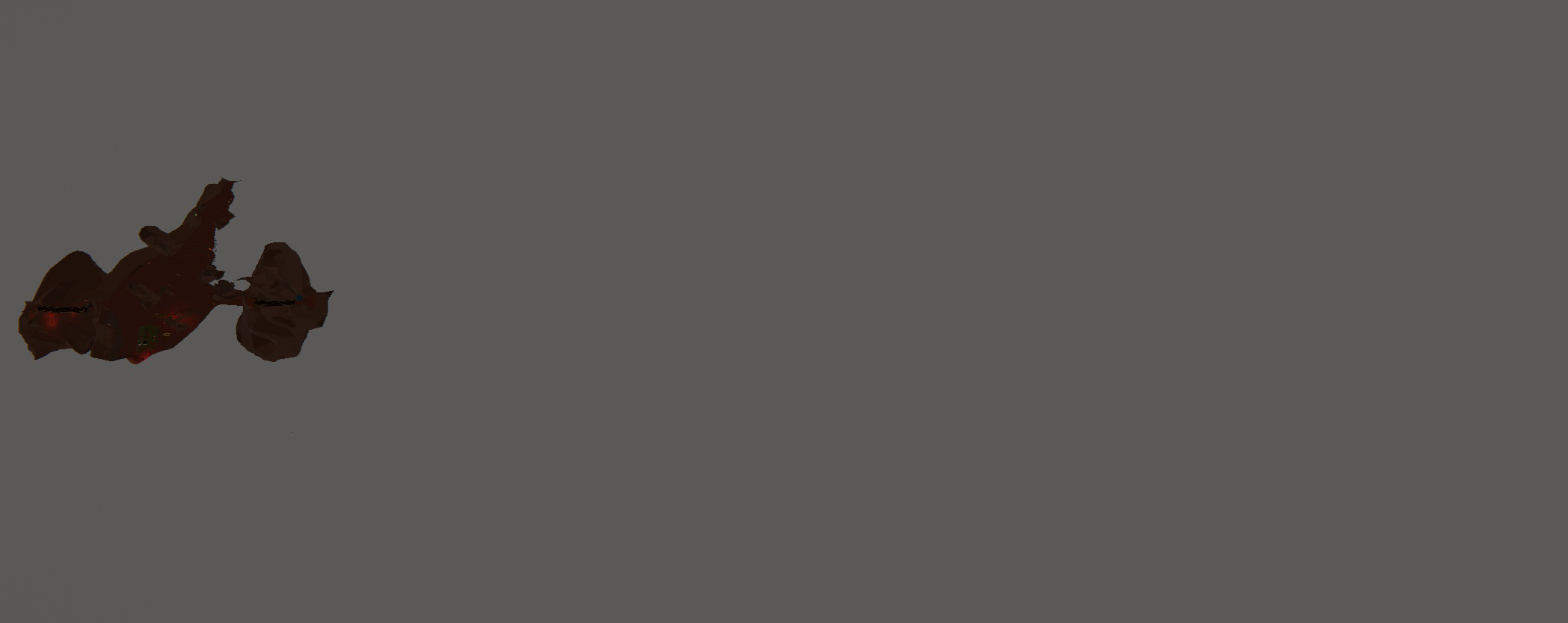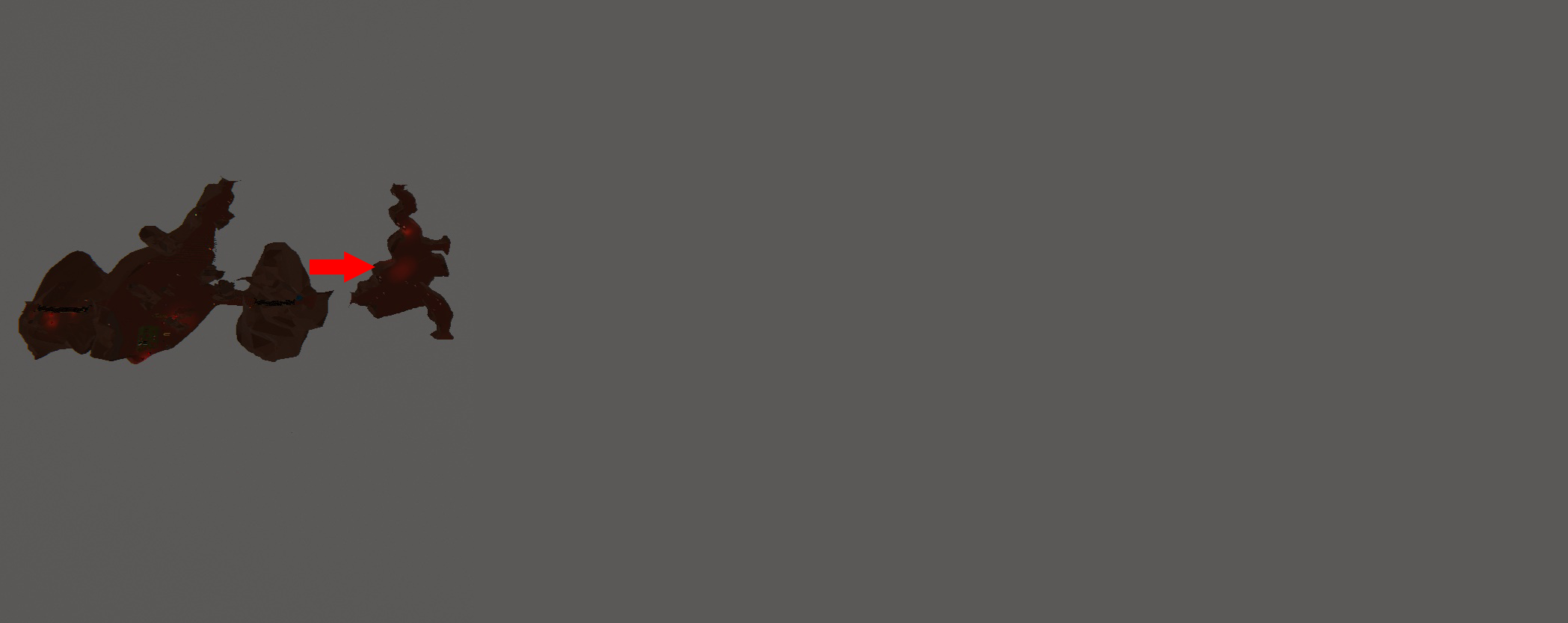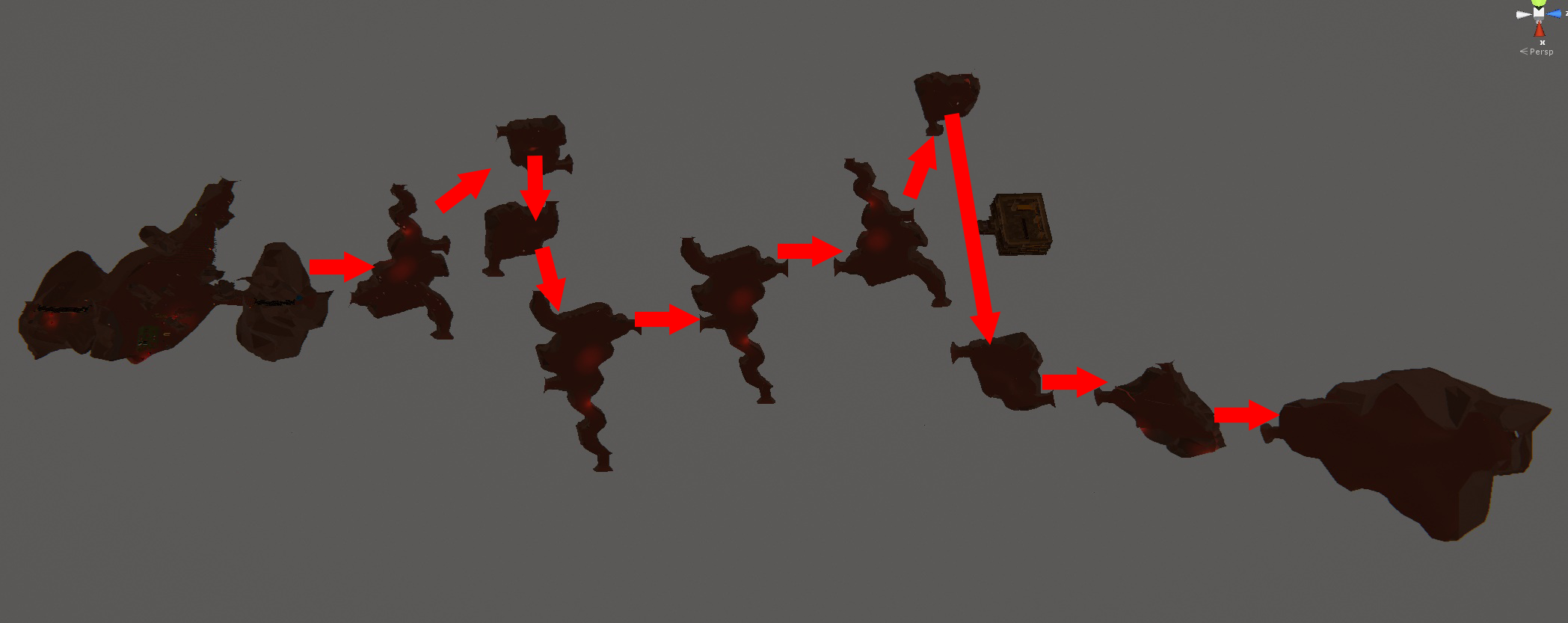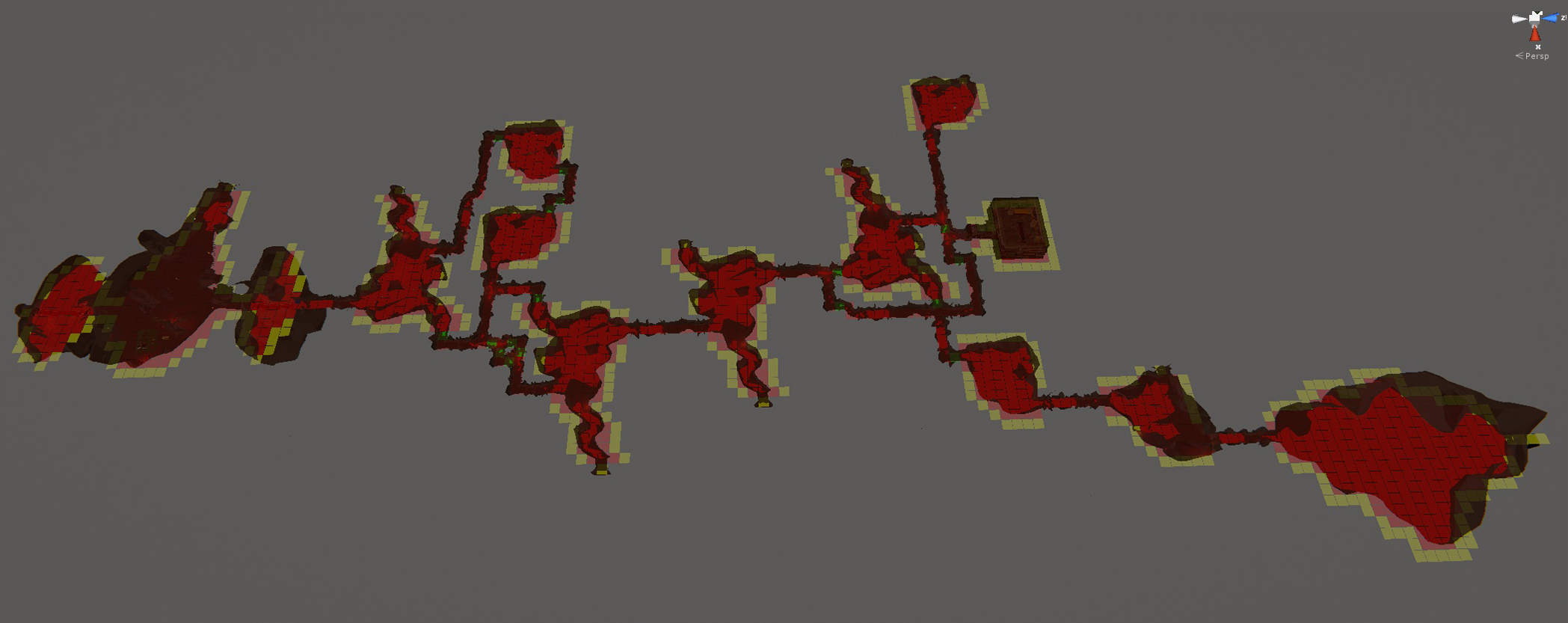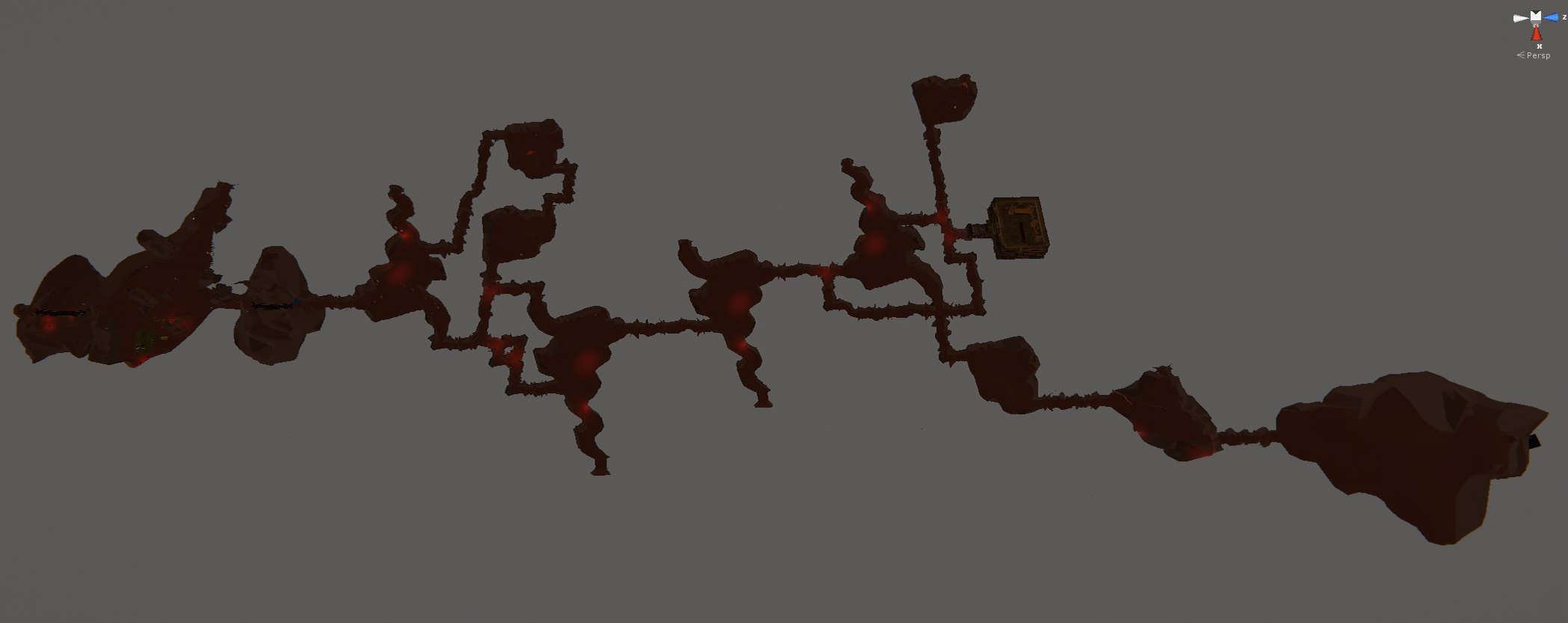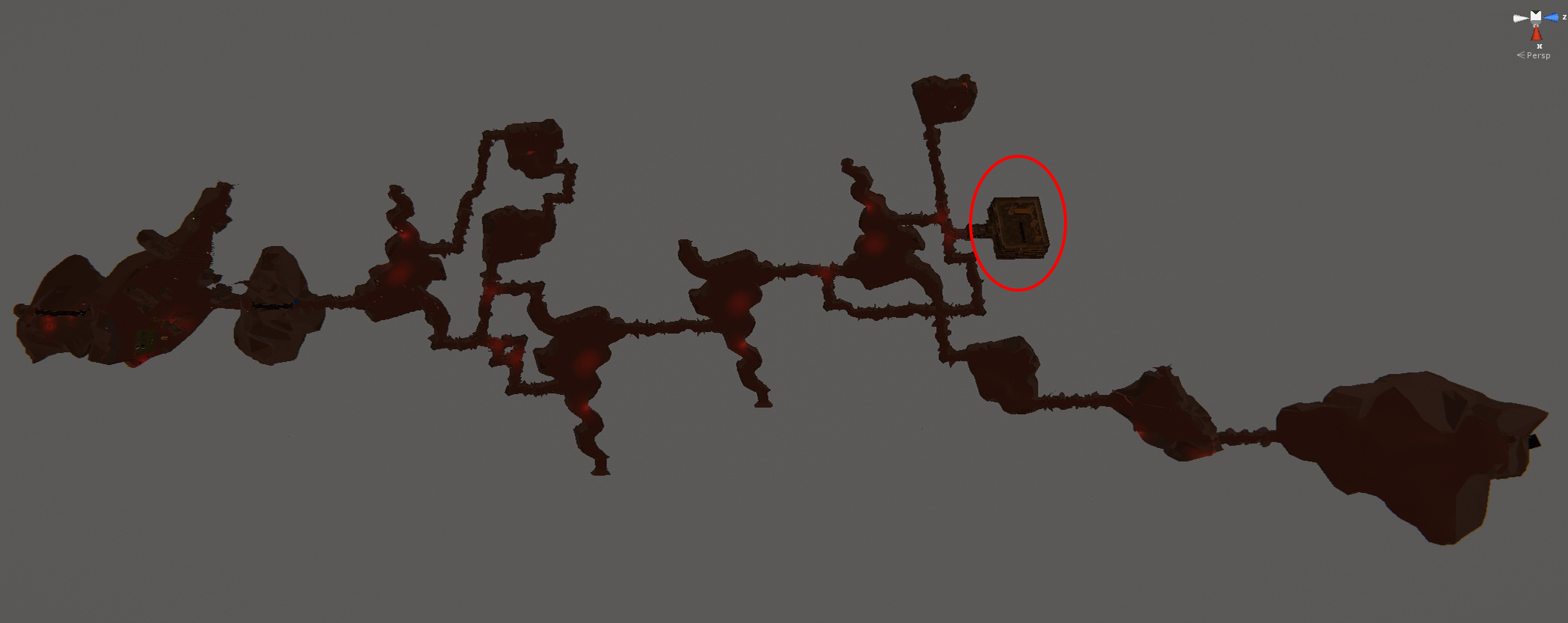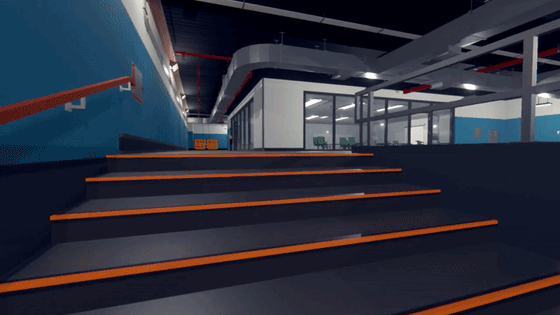
May 7, 2018
Paint the Town Red - Eternic
Patch Info
The ability to create texture packs with your own character texture replacements is now available. These texture packs can be used by you and other map creators in the Level Editor.
To create a texture pack, select 'Level Editor' > 'Texture Pack Creator' in the main menu. From there you can setup packs with textures you've created. Use the 'Create Example Textures' button and create example and guide textures and view them and a readme file with information on texture requirements by using the 'Open Texture Folder' button.
You can upload texture packs with 1 to 5 heads and 1 to 5 bodies. Note that inappropriate texture packs with offensive content will be removed.
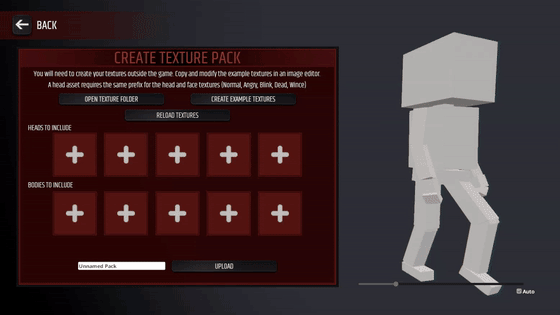
When in the Level Editor in the Settings menu you'll find a 'Setup Custom Textures' button which will bring you to the menu where you can setup up to 12 custom appearances using up to 4 different texture packs you've subscribed to. Custom appearances have a fallback appearance which will be used when players do not have the texture packs downloaded.
If you subscribe to a level that uses texture packs you don't have, they should be automatically subscribed to and downloaded for you. If you're playing a level when the texture pack downloads, the textures will be dynamically changed from the fallback to the custom textures while you're playing.
A full list of changes for this build and the build from late last week focused on fixes is below.
Version 0.8.35
- Ability to upload custom character textures for use in Workshop levels
- Level Editor: Custom character textures can be set from Workshop
- Level Editor: Increased quality of level preview screenshots
- Fixed memory leaks related to Workshop level preview images
- Fixed Modifiers from Level Editor testing not being disabled
Version 0.8.341
- Fixed animation loop bugs
- Fixed not being able to create a full length GIF
- Fixed pirate cove chair material issue when static
- Fixed Smite counting down before being able to shoot
- Fixed Smite camera effects fading in backwards
- Fixed right elbow and knee on enemies being rotated incorrectly
- Fixed punching bag material error
- Fixed mirror ball shader on OpenGL & Vulkan




